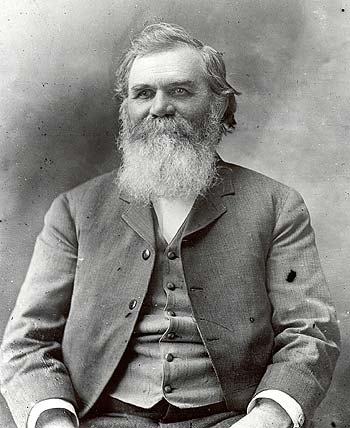
Chiropractic medicine, often associated with spinal adjustments and holistic approaches to health, has a rich history dating back to the late 19th century. Developed as an alternative therapeutic practice, chiropractic medicine has evolved significantly over the years, gaining recognition and acceptance as a legitimate healthcare discipline. Let’s delve into the fascinating journey of chiropractic medicine, tracing its origins, milestones, and evolution.
Origins
Chiropractic medicine history starts in 1895 when Daniel David Palmer, a self-taught healer, performed the first chiropractic adjustment on a deaf janitor named Harvey Lillard. Palmer theorized that misalignments in the spine, known as subluxations, could disrupt nerve flow and lead to various ailments. This pivotal event marked the birth of chiropractic medicine, with Palmer founding the Palmer School of Chiropractic in Davenport, Iowa, in 1897.
Early Development
In its early years, chiropractic medicine faced skepticism and opposition from the medical establishment. The lack of formal medical training among early chiropractors and the controversial nature of spinal manipulation contributed to its marginalization. However, chiropractors persisted, emphasizing natural healing, manual adjustments, and the body’s innate ability to heal itself.
Legal and Professional Recognition
Despite challenges, chiropractic medicine gradually gained legal recognition and professional legitimacy. The 20th century saw significant strides, with the licensure of chiropractors in several U.S. states and the establishment of chiropractic colleges and associations. In 1974, the American Chiropractic Association was formed, furthering the professionalization and advocacy efforts of the chiropractic community.
Research and Integration
As chiropractic medicine matured, an emphasis on scientific research and evidence-based practice emerged. Studies investigating the efficacy and safety of chiropractic care bolstered its credibility, particularly in treating musculoskeletal conditions such as back pain and neck pain. Chiropractors began integrating their services into mainstream healthcare settings, collaborating with medical doctors and other healthcare professionals to provide comprehensive patient care.
Diversification and Specialization
Over time, chiropractic medicine diversified, with practitioners specializing in various areas such as sports chiropractic, pediatric chiropractic, and geriatric chiropractic. This diversification reflects the recognition of chiropractic’s versatility in addressing a wide range of health issues beyond musculoskeletal conditions. Additionally, advancements in technology and techniques have enhanced the precision and effectiveness of chiropractic adjustments.
Global Expansion
Chiropractic medicine’s influence expanded beyond the United States, reaching countries worldwide. While its acceptance varies across different regions, chiropractors practice in diverse healthcare systems, contributing to the global healthcare landscape. International organizations such as the World Federation of Chiropractic promote collaboration and standardization within the chiropractic profession, fostering its growth and recognition on a global scale.
Conclusion
The history and evolution of chiropractic medicine represent a remarkable journey of perseverance, innovation, and professional advancement. From its humble beginnings in the late 19th century to its integration into mainstream healthcare systems worldwide, chiropractic medicine has overcome skepticism and opposition to become a respected and valued healthcare discipline. As research continues to validate its efficacy and safety, chiropractic medicine’s role in promoting holistic health and well-being is poised to expand further, shaping the future of healthcare for generations to come.
